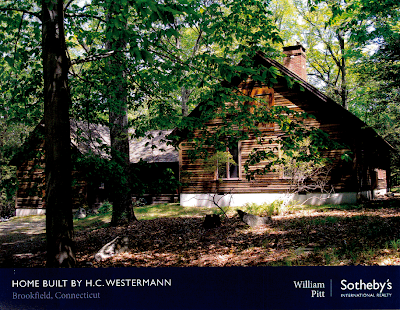Last week, Willamette Week Online published an article called "Futurehaus," which we linked to in our Saturday Week in Review. The article describes an Oregon Passive House project in the works by Root Design Build. The house is referred to as the Shift House, which, awkwardly enough, is not to be confused with the other Shift Home that we covered recently. But that's not to take anything away from it. With construction set to begin next month, upon completion in September, it'll be one of only a few certified Passive Houses in the United States.

Of course, the media has been giving attention to Passive Houses, and the broader public is becoming more and more aware of the standard. Passive Houses require three main things: an airtight envelope, little to no heating and cooling energy, and minimal overall energy use. You can read about the more technical standards on the Passive House website.
Root Design Build's Shift House maintains a somewhat traditional design, and the necessary energy efficiency goals will be sought by eliminating thermal bridges and using super insulation, roof overhangs, triple-pane windows, south-facing windows, concrete floors for thermal mass, and waste heat, etc. And with the tight envelope, the home requires a heat recovery ventilator to keep the air fresh.
Shift House will be just over 1,700 square feet, and Root Design Build has $300,000 budgeted for construction. Although the home will have solar panels, not counting energy from the panels, the estimated yearly heating cost should be under $200, if all goes as planned. Very interesting. We'll keep you posted as the Shift House moves forward ...



As a side note ... it seems popular to couch LEED criticism in praise for Passive House. Most certainly, LEED could be more rigorous in terms of energy performance, although it should be remembered that the goal of the program is market transformation. But as has been said by others, LEED and Passive House don't necessarily need to be mutually exclusive. Moreover, while Passive House zeros in on energy efficiency and tightness, LEED has a broader focus on other important environmental aspects, such as site issues, construction activity, materials and waste, water efficiency, and environmental air quality, etc. The goals and programs are slightly different. In any event, you know we'll be the first to tell you if we see a LEED Platinum Passive House.





































